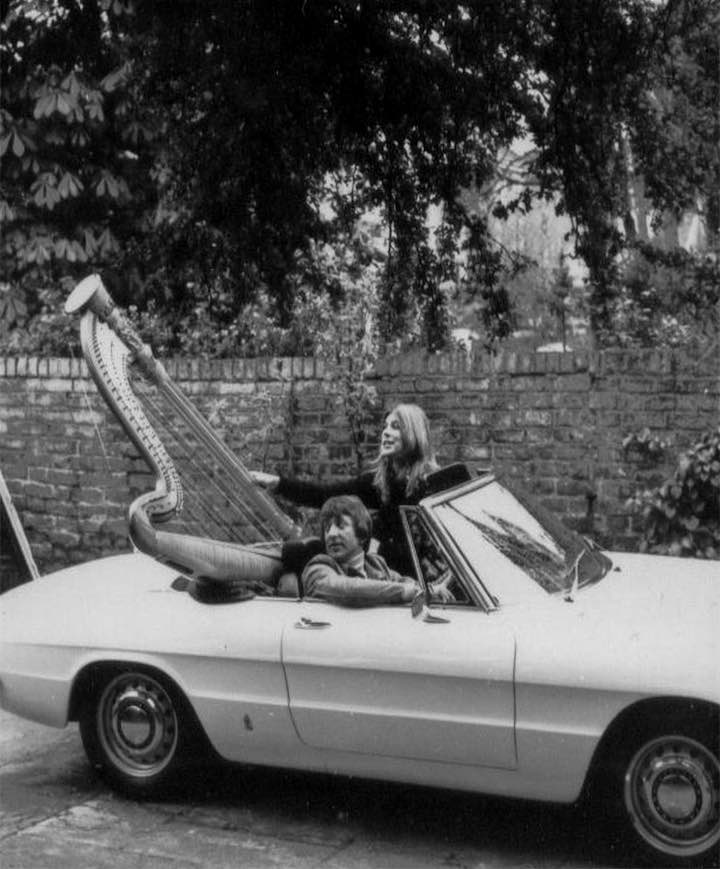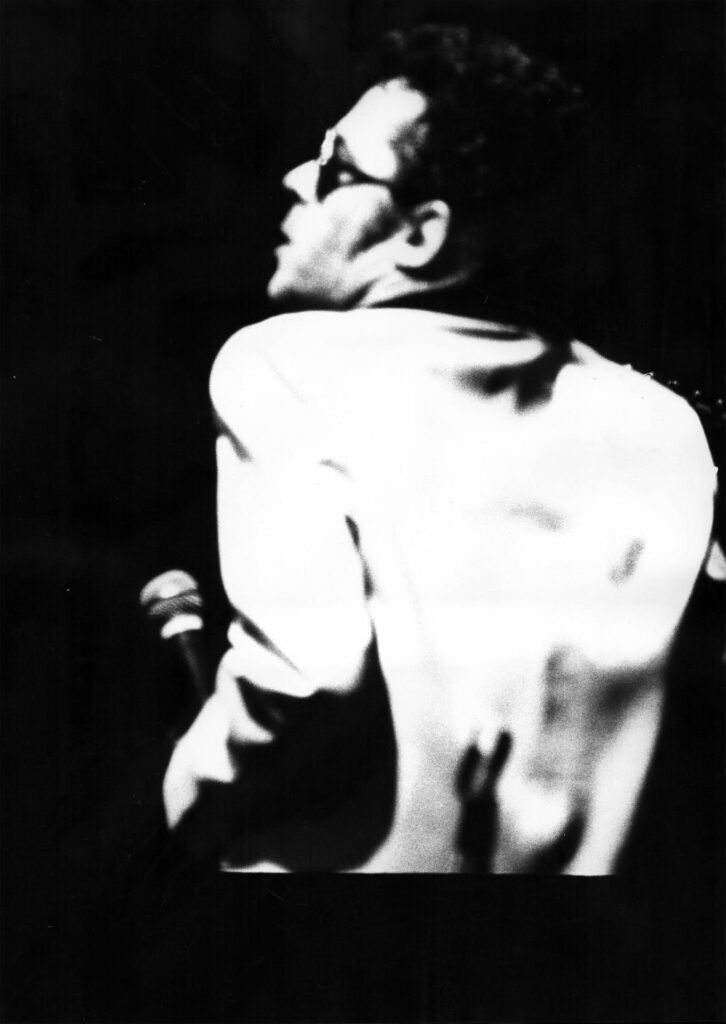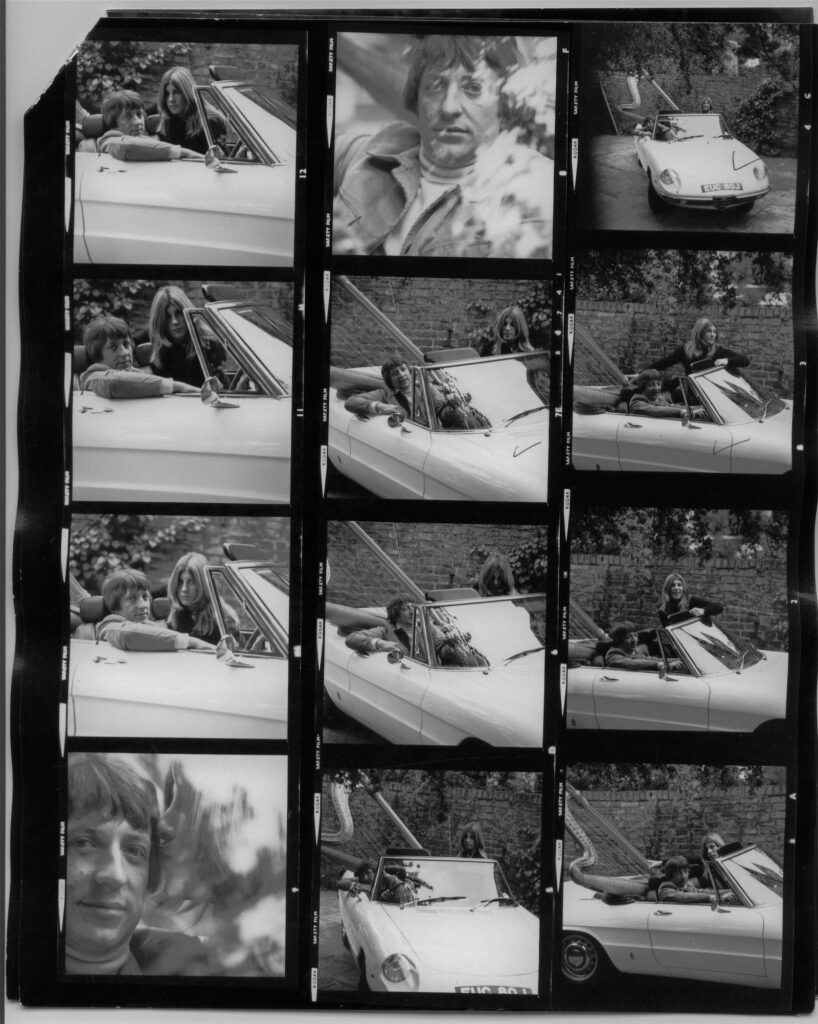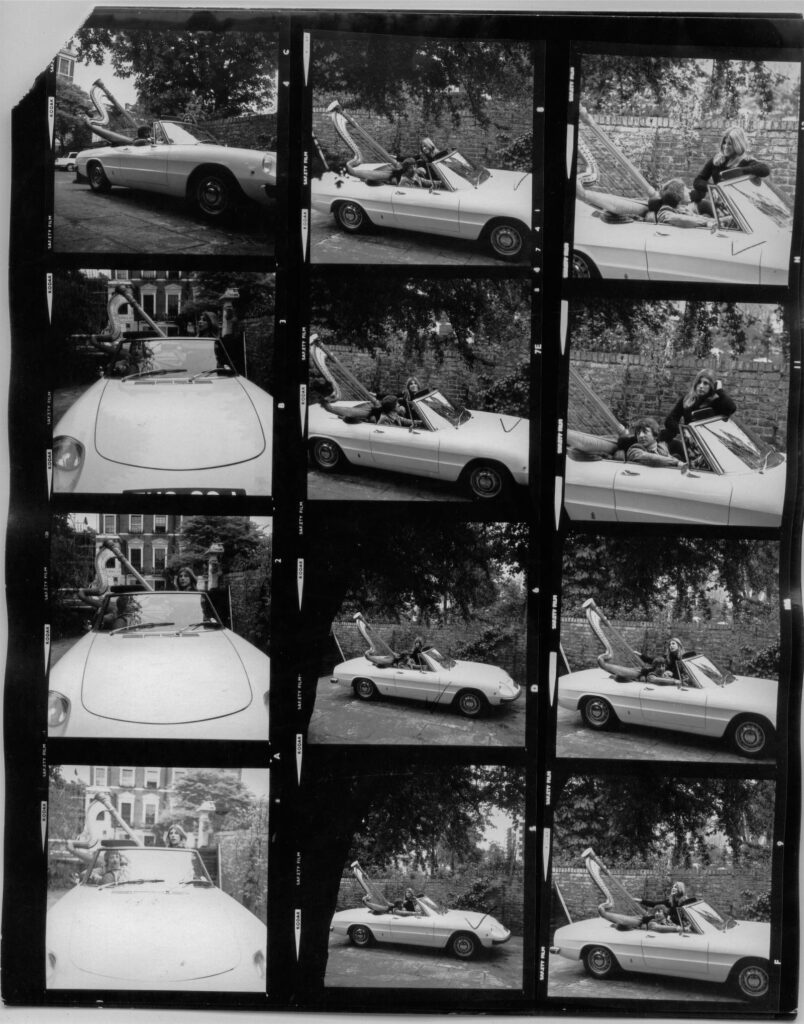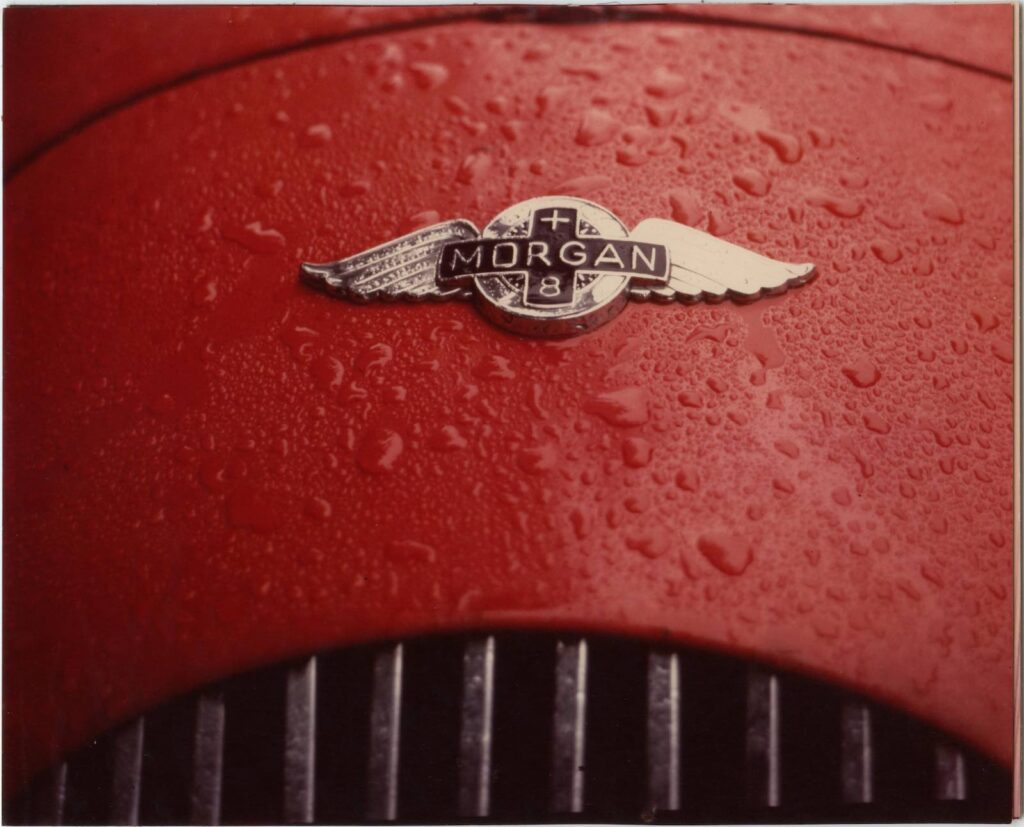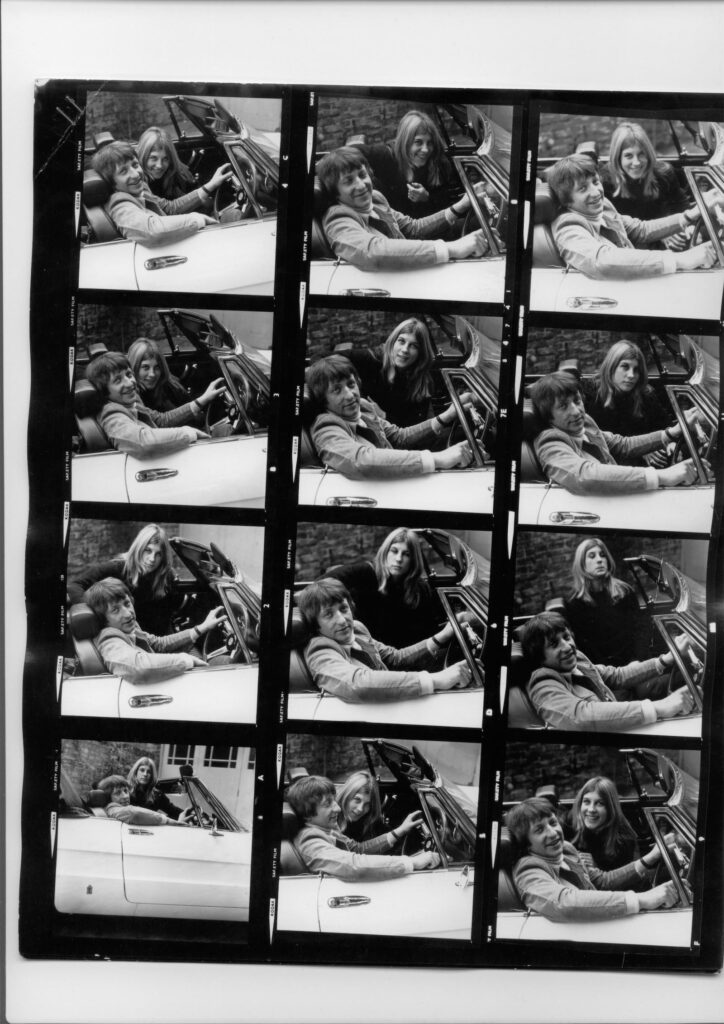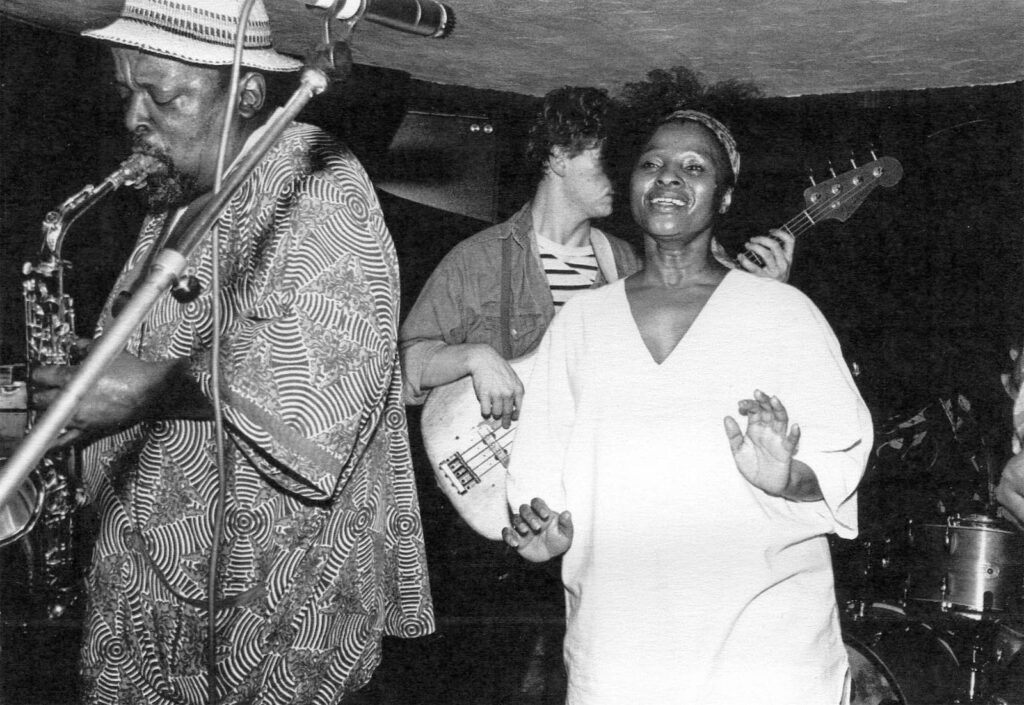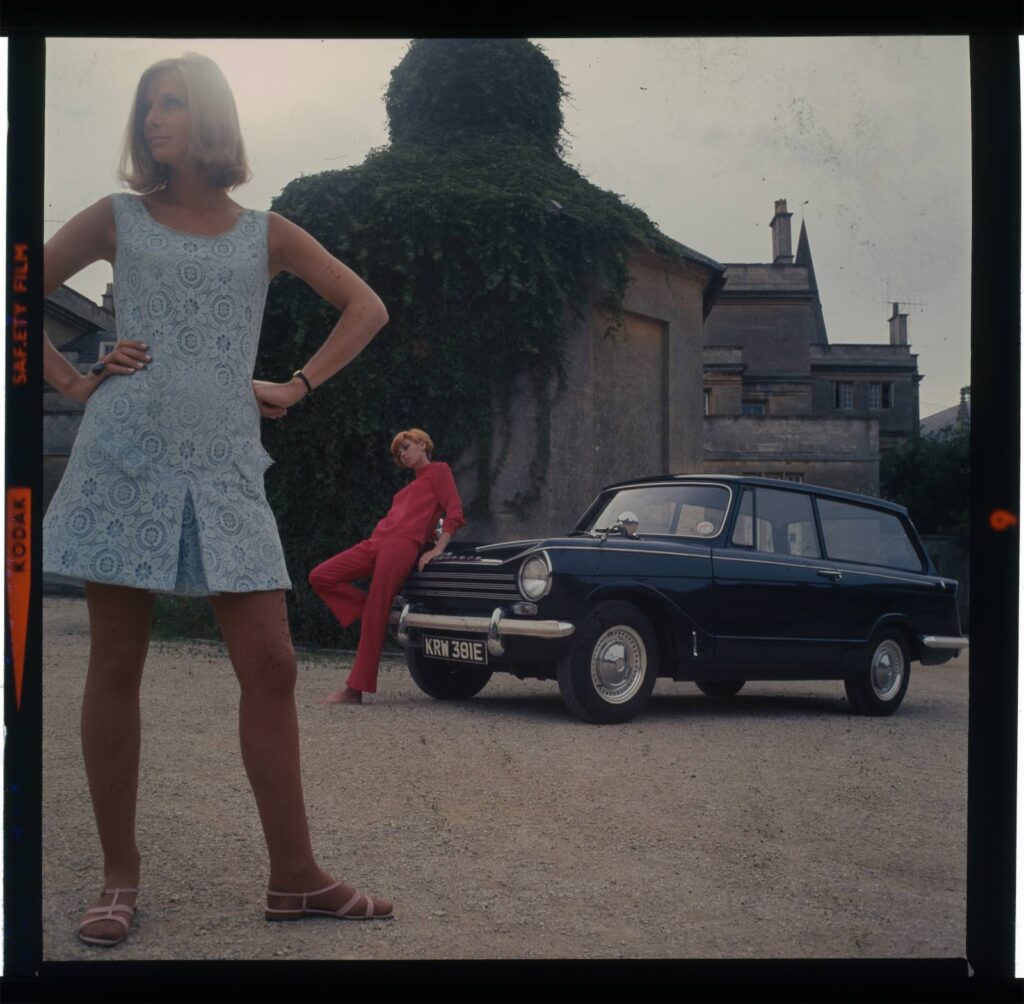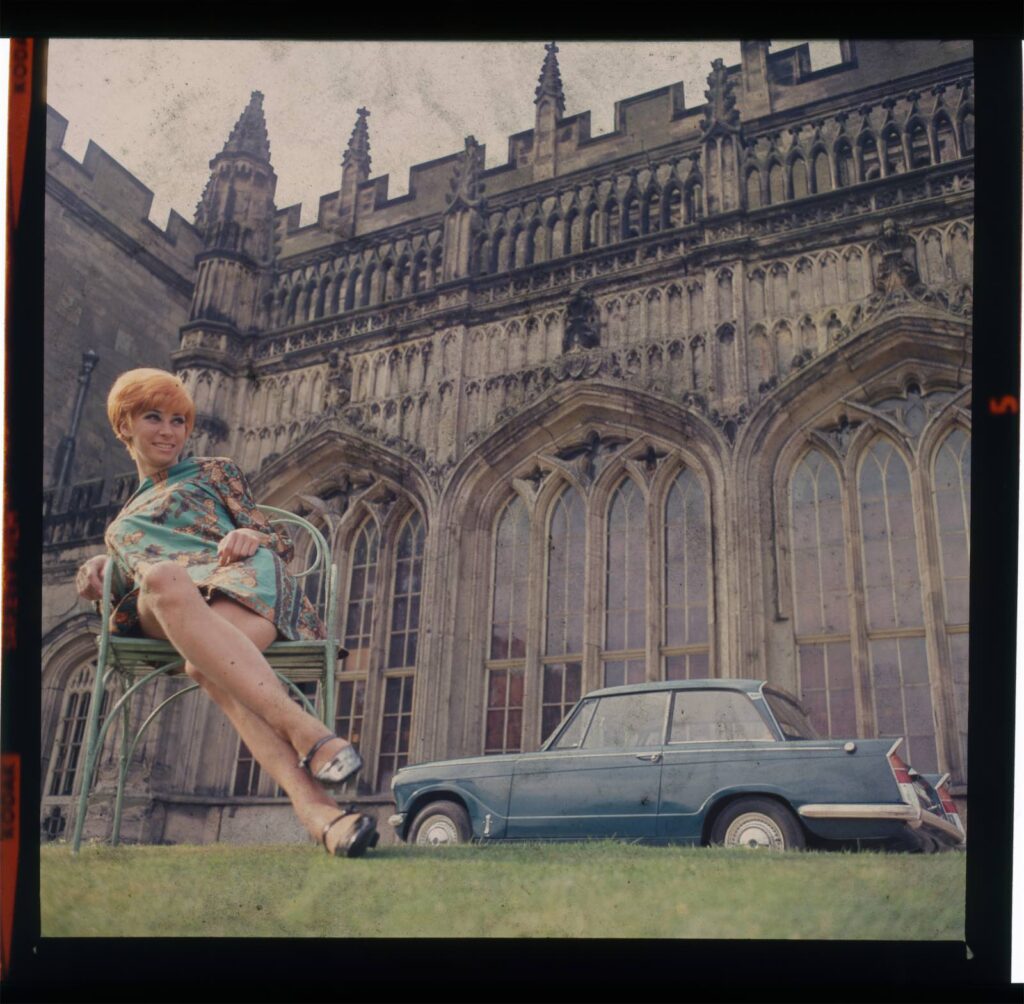Elisabeth Buchmeyer Lewis (1935-2018)
Born in 1935, Elisabeth was a prolific photographer. By the time of her death in 2018, she had created a vast collection of images with immense social, political, and aesthetic value.
Travelling from Westphalia to London in 1950, Elisabeth undertook study in graphic design and film. The art and design colleges of the day were experiencing a cultural and social awakening, and Elisabeth embraced the opportunity to embark upon a new career in pursuit of freedom and independence.
After completing several short courses, Elisabeth enrolled on a Diploma Course in Photography at the London College of Printing (LCP, now LCC University of the Arts London). She quickly established herself as a modernist photographer and became part of the creative new wave.
Freelancing as a commercial photographer, she shared a studio in London Blackfriars with design and architectural photographer Felicia Cronin, Paris Match staffer Roy Dickens, and photojournalist Penny Tweedie.
Elisabeth’s photographs chart the course of an astonishing career, reflecting her eclectic interests. She defied gender norms as a successful sports car photographer, and was noted for photographing families, artists, leisure activities, and the working lives of women.
One exciting element of her archive is her extensive photography of live music in London. In the 1970s, Elisabeth immersed herself in the rapidly developing African music scene, and photographed high profile musicians across a range of genres.
In her later career, Elisabeth wrote and took photographs for publications such as The Telegraph, 19 Magazine, House Beautiful, Spare Rib and Nova. Beside her professional practice, Elisabeth also worked as a visiting Photography Lecturer in several colleges.
Throughout her life in England, Elisabeth maintained her contact with her native Germany through visits, projects, and writing. In one of her final bodies of work, she explored memories of her childhood.
Elisabeth continued to exhibit regularly towards the end of her life. She leaves behind an archive which forms a distinctive and fascinating view of a post-war world of optimism and rapid change.
By Katherine Riley


